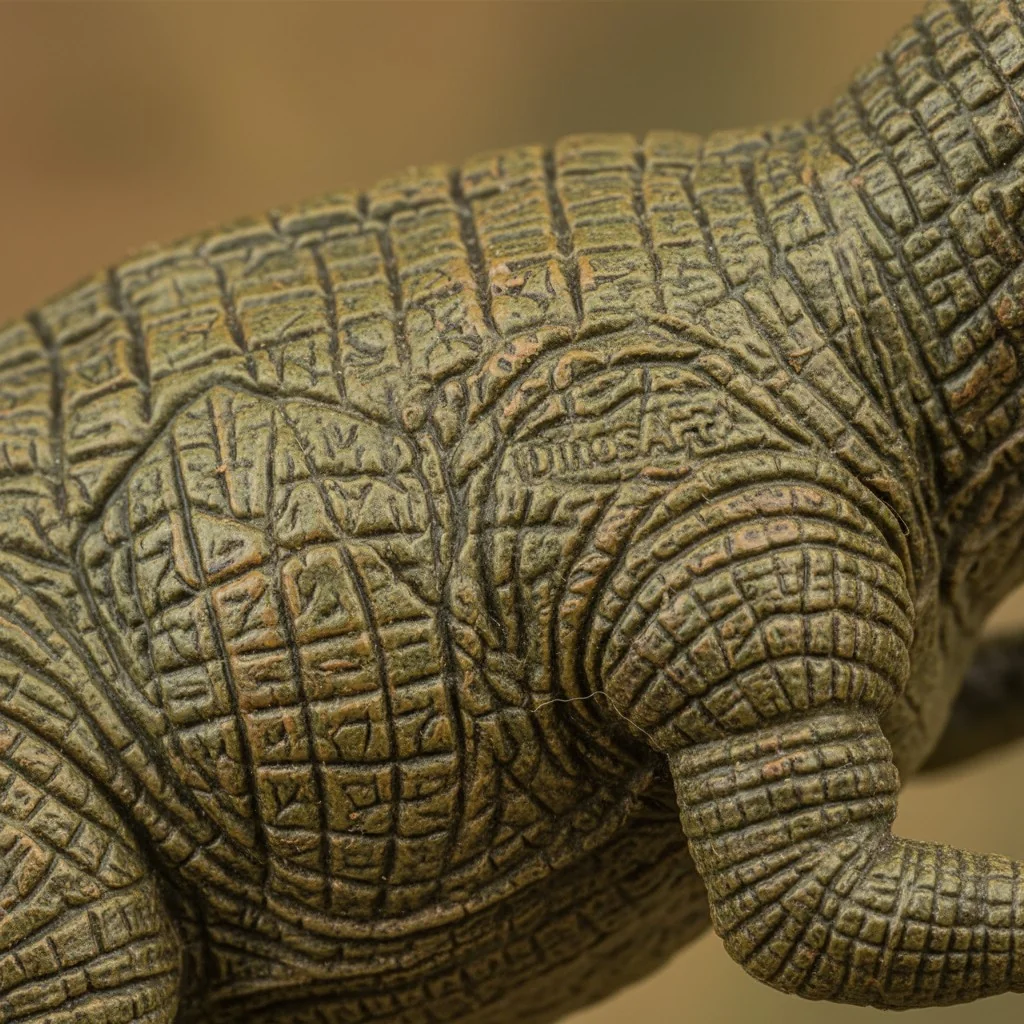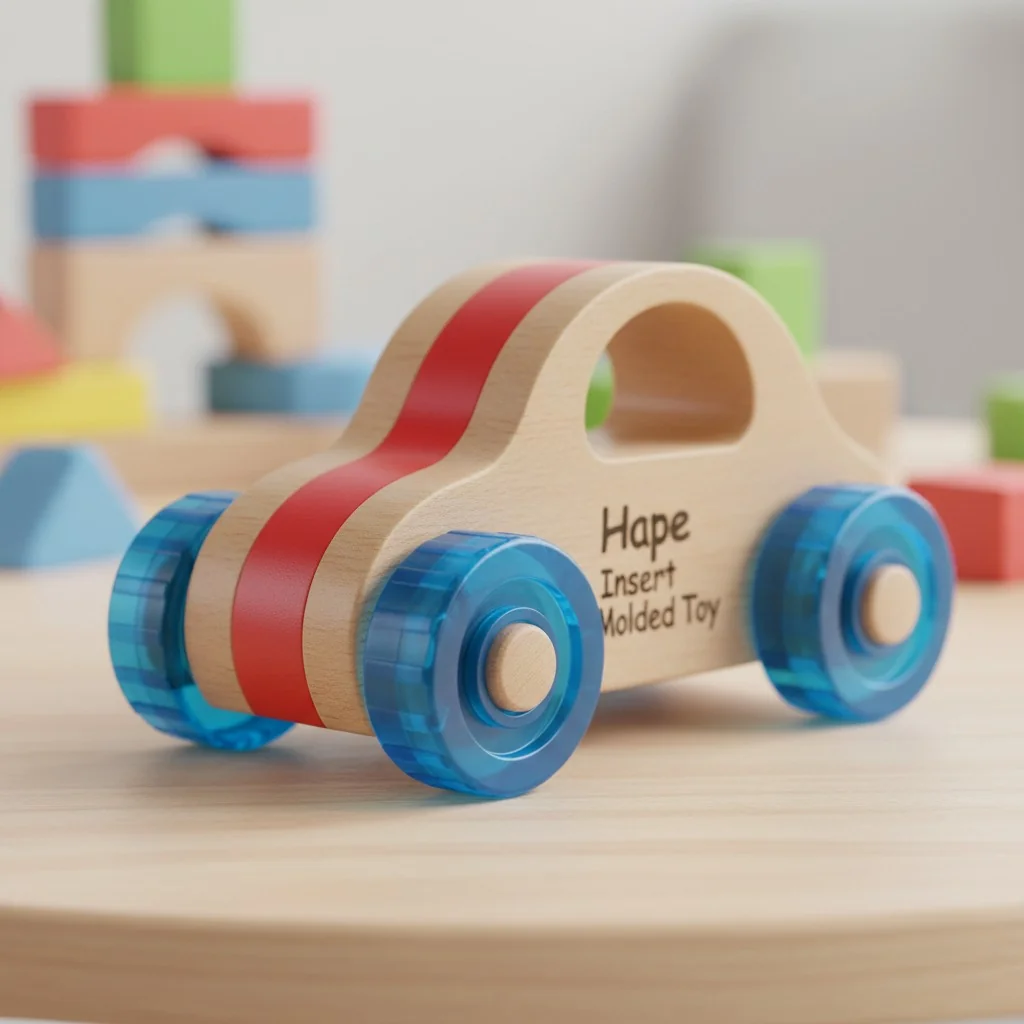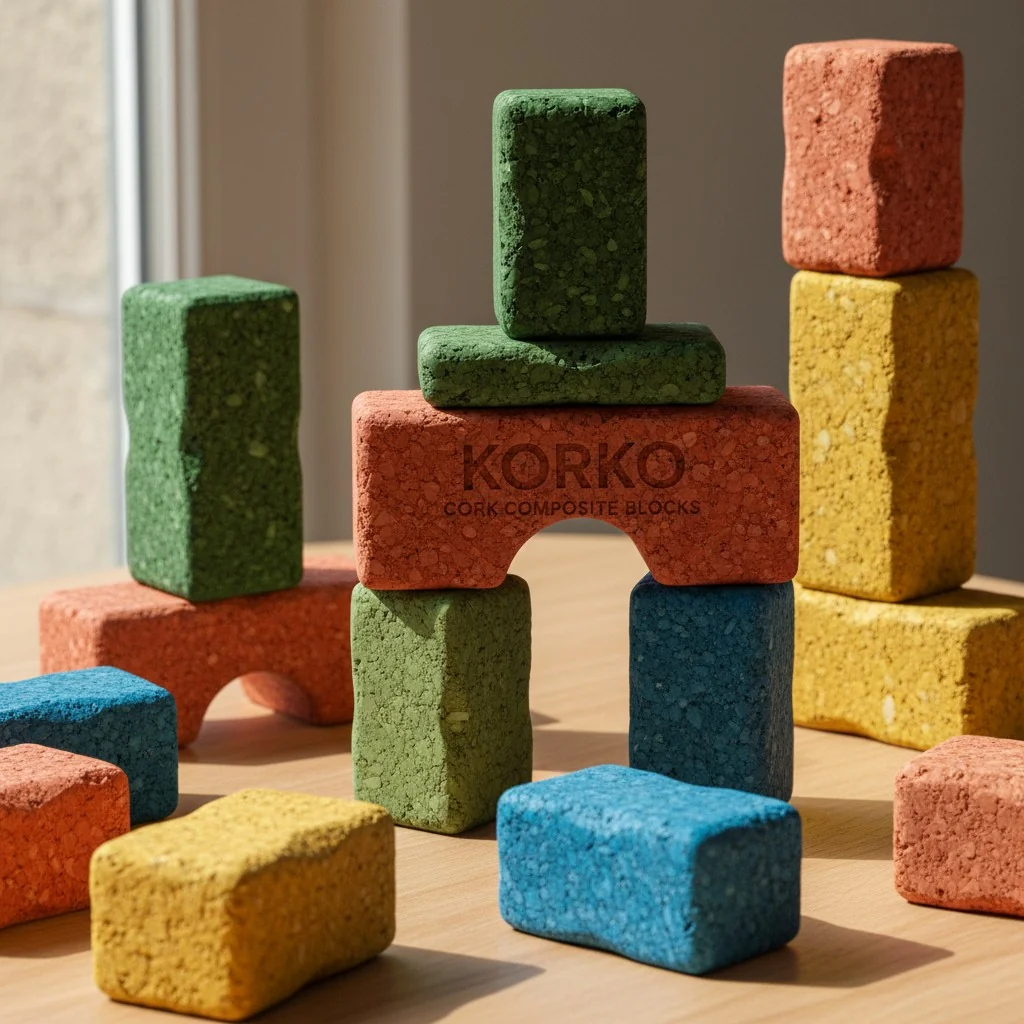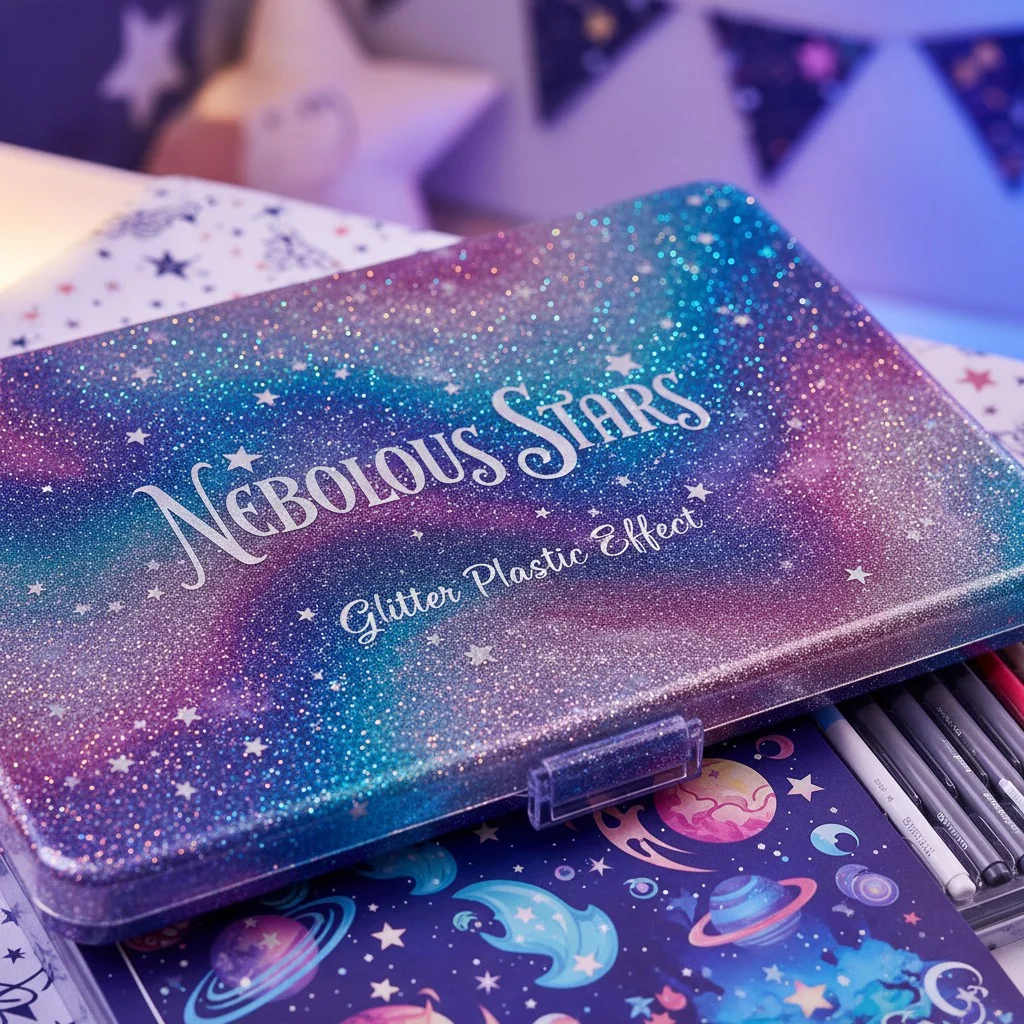
Struggling to turn a complex toy design into a manufacturable product? A small flaw in your mold can cause huge production delays and safety risks. Let's see how top brands master molding.
These world-famous toy brands master their molds by deeply integrating design with manufacturing. They use advanced techniques like overmolding[^1] for safety, intricate texturing for realism, and insert molding for multi-material products. Their success comes from smart material selection and a relentless focus on Design for Manufacturing (DFM).

Transition Paragraph:
As a mold designer and manufacturer, I've seen firsthand how challenging the toy industry can be. The demands for safety, durability, and play value are incredibly high. You can't just make a part that looks good; it has to withstand being dropped, chewed on, and loved by a child. Over the years, I've had the chance to work on molds for various toy products, and I've learned so much by studying how the big players do it. They aren't just selling toys; they are selling expertly engineered products. Let's dive into the specific molding strategies of some of these world-class brands.
Generate Claims
All plastics used in toys sold in the EU must be free of phthalates.True
The EU's REACH regulation heavily restricts the use of certain phthalates in toys and childcare articles due to health concerns.
Using a single-cavity mold is always cheaper than a multi-cavity mold.False
While the initial mold cost is lower, a multi-cavity mold produces more parts per cycle, drastically reducing the cost per part and overall manufacturing cost for high-volume production.
LOOP START
How Does Baby Einstein Ensure Safety in Its Molded Toys?
Parents worry constantly about the safety of toys for their babies and toddlers. A sharp edge or a small part breaking off is a real danger. Baby Einstein's designs show how to use molding to build safety in from the start.
Baby Einstein ensures safety by using soft, BPA-free materials like TPE and silicone in their molds. Their mold designs feature large, rounded corners to eliminate sharp edges. They also use overmolding to securely bond hard structural parts with soft, chewable surfaces without adhesives.

Dive deeper Paragraph:
When I look at a Baby Einstein toy, I see a masterclass in two-shot injection molding, or overmolding. This process is key to their success. Instead of gluing a soft part onto a hard frame, which can fail, they mold the soft material directly onto the hard substrate. This creates a permanent chemical bond. For a designer like Jacky, this means planning the mold with extreme precision. The first shot creates the hard plastic frame (often ABS), and then the mold rotates or changes cores to allow the second shot of soft TPE to be injected directly onto it. This requires careful management of temperatures and pressures to ensure a perfect bond without warping the first part. I remember a project for a baby rattle where we had to do this. Getting the gate location for the TPE just right was critical to prevent delamination.
Material Choices for Infant Safety
The choice of material is non-negotiable. Everything must be non-toxic and durable.
| Feature | ABS (Acrylonitrile Butadiene Styrene) | TPE (Thermoplastic Elastomer) |
|---|---|---|
| Role | Structural Frame, Hard Components | Soft Grip, Teething Surfaces |
| Hardness | High (Rigid) | Low (Soft, Flexible) |
| Molding | Standard Injection Molding | Overmolding Substrate |
| Safety | Must be BPA-free grade | Naturally BPA-free, soft |
Mold Design for the Youngest Users
Molds for these toys are designed defensively. Every corner must have a large radius. Any hole must be too small for a finger to get stuck or large enough not to be a hazard. These aren't just design guidelines; they are critical safety features built into the steel of the mold itself.
Generate Claims
Overmolding creates a permanent chemical bond between two compatible plastics.True
During overmolding, the heat from the second molten plastic shot partially melts the surface of the first part, creating a strong, fused bond as it cools.
All soft-touch plastics are safe for babies to chew on.False
Not all TPEs or soft plastics are medical or food-grade. The specific grade of the material must be certified as non-toxic and safe for oral contact.
LOOP START
What Molding Techniques Bring DinosArt's Creatures to Life?
Creating a toy dinosaur with realistic skin texture is a huge challenge. If the details are soft or unclear, the product looks cheap and loses its magic. DinosArt's success shows how advanced mold texturing[^2] can make a product stand out.
DinosArt achieves its realism through highly detailed molds, often finished with Electrical Discharge Machining (EDM) or laser texturing. These techniques create micro-textures for scales and skin. The use of a slightly flexible PVC or ABS allows the plastic to capture every detail while remaining durable.

Dive deeper Paragraph:
The secret to DinosArt's realism is in the mold's surface finish. This isn't a simple sandblast texture. They use advanced methods to etch complex, non-repeating patterns into the mold cavity. I've worked with both chemical etching and EDM for texturing. For the kind of detail DinosArt has, EDM is a great choice. An electrode, machined with the negative of the texture, is used to burn the pattern into the mold steel with high precision. This allows for deep, sharp details that look like real scales. However, a detailed mold is useless if the plastic can't fill it. This is where material flow[^3] becomes critical. The mold designer must use flow simulation software to plan the gate locations and vents perfectly. Otherwise, you get air traps, and the fine details are lost. It's a balance between the art of the texture and the science of polymer flow.
Achieving Hyper-Realism with Mold Texturing
The right texture makes the product. Choosing the method depends on the desired detail, budget, and mold material.
| Texturing Method | Detail Level | Cost | Best For |
|---|---|---|---|
| Chemical Etching | Medium | Medium | General leather or stone textures |
| EDM (Sinker) | High | High | Precise, deep geometric patterns |
| Laser Texturing | Very High | Very High | Complex, organic, micro-textures |
Material Flow for Intricate Details
For a part with so much fine detail, you need a material with excellent flow properties. A material like ABS or a specific grade of PVC is often chosen. The injection speed and pressure are set high to force the material into every tiny crevice of the mold before it starts to cool.
Generate Claims
EDM can only be used to create smooth, polished surfaces on a mold.False
EDM can be used to create a wide range of surface finishes, from highly polished to deeply and intricately textured, depending on the electrode and machine settings.
Adding more vents to a mold always improves part quality.True
Proper venting is crucial for allowing trapped air to escape the mold cavity. Insufficient venting leads to short shots, burn marks, and incomplete details, so adding vents in strategic locations almost always helps.
LOOP START
How Does Hape Blend Wood and Plastic in Its Designs?
Combining wood and plastic is a great way to create a premium feel, but it can be a manufacturing headache. If the parts don't fit perfectly, the final product is weak and looks bad. Hape's toys are a masterclass in this hybrid assembly.
Hape excels at insert molding[^4], where plastic is injected directly around a pre-placed wooden component inside the mold. This requires a mold designed to hold the wood insert securely and a process that accounts for the different thermal expansion rates of wood and plastic.

Dive deeper Paragraph:
I find Hape's work fascinating because insert molding with wood is very tricky. Unlike a metal insert, wood is a natural material. It can have variations in size, it can absorb moisture from the air, and it doesn't handle high temperatures well. When we design a mold for this, we have to create features that hold the wooden part in the exact right spot. This is often done with custom-made pins or clamps inside the mold. The biggest challenge I faced on a similar project was managing the plastic's shrink rate. The plastic shrinks as it cools, but the wood doesn't. We had to design the mold to allow the plastic to shrink around the wood, creating a tight mechanical grip without crushing or cracking the wood. Hape has clearly perfected this process, which tells me they have excellent control over their wood conditioning and their molding parameters.
The Challenge of Insert Molding with Wood
Success depends on controlling the variables of a natural material within a high-precision process.
| Design Consideration | Importance | Why It Matters |
|---|---|---|
| Wood Pre-treatment | Critical | Wood must be dried to a specific moisture content to prevent swelling/shrinking. |
| Insert Holding | Critical | The mold must hold the wood part securely against injection pressure. |
| Gate Location | High | The gate should be placed where plastic flows around the insert evenly. |
| Molding Temperature | High | Must be low enough to not scorch the wood but high enough for good flow. |
Tolerance is Everything
The fit between the wood and plastic parts is everything. The mold must be designed with the exact tolerances of the wooden components in mind. This often means the wood parts are CNC-machined to ensure consistency before they even get to the molding machine.
Generate Claims
Insert molding can only be done with metal components.False
Insert molding can be performed with a variety of materials, including other plastics, ceramics, and even natural materials like wood, as long as they can withstand the temperature and pressure of the molding process.
Wood does not expand or contract with temperature changes.False
While its thermal expansion is low compared to plastic, wood is hygroscopic, meaning it expands and contracts significantly with changes in humidity, which must be controlled for precise molding.
LOOP START
Why is Molding with Cork a Sustainable Choice for Korko?
Many designers want to use sustainable materials[^5], but they often come with new manufacturing problems and high costs. Korko's building blocks show that it's possible to mold with unconventional, eco-friendly materials like cork.
Korko uses a composite material made of cork granules mixed with a safe, recyclable polymer binder. The molding process is similar to standard injection molding but is adapted for the composite, often requiring lower temperatures and pressures to protect the cork's integrity.

Dive deeper Paragraph:
Working with composite materials is a whole different ball game. I once worked on a project using a wood-plastic composite (WPC), and the lessons learned apply directly to what Korko is doing. The main challenge is keeping the filler—in this case, cork granules—evenly distributed. If the material isn't mixed properly or the injection process is too aggressive, the particles can clump together, creating weak spots in the final part. The mold design[^6] needs to have very smooth, flowing runners and a large gate to prevent this. Also, cork is an insulator. This means the mold's cooling system has to be very efficient to achieve a reasonable cycle time. Korko has likely invested heavily in material science to find the perfect binder and in process engineering to dial in the exact machine settings for their unique material.
Adapting Molds for Cork Composites
Standard molds need modification to handle composites. The steel might need special coatings to handle the abrasive nature of some fillers, and the flow paths must be optimized.
| Material Property | Standard ABS Plastic | Korko Cork Composite |
|---|---|---|
| Density | Higher | Lower (Lighter) |
| Environmental Impact | Fossil-fuel based | Renewable, Sustainable |
| Mold Temperature | ~180-230°C | ~160-190°C (Lower) |
| Texture | Smooth or Applied | Naturally Textured, Warm |
Balancing Sustainability and Durability
The genius of Korko is finding the right balance. They use enough polymer binder to ensure the blocks are durable and can be molded effectively, but enough cork to provide the sustainable, lightweight, and unique tactile properties that define their brand. This ratio is their secret sauce.
Generate Claims
Cork is a type of wood harvested by cutting down the cork oak tree.False
Cork is harvested from the bark of the cork oak tree, which is not cut down. The bark regenerates, making it a highly sustainable and renewable resource.
Composite materials often require a specially designed screw and barrel on the injection molding machine.True
Fillers like cork, wood, or glass fiber can be abrasive or require different mixing. Machines are often fitted with hardened, wear-resistant screws and barrels to handle these materials effectively.
LOOP START
How Do Nebulous Stars Achieve Their Signature Sparkle and Swirl Effects?
Creating a consistent swirl or glitter effect in a plastic part is incredibly difficult. One part might look perfect, and the next might be a mess. This leads to high scrap rates. Nebulous Stars has mastered this artistic form of molding.
Nebulous Stars uses multi-shot molding[^7] or sophisticated single-shot techniques with special material additives. To create swirls, two or more colors are injected simultaneously. For sparkle, glitter or pearlescent flakes are pre-mixed into the plastic, requiring precise control of injection speed and temperature.

Dive deeper Paragraph:
I've had clients ask for that "galaxy" or "swirl" effect, and it's one of the toughest things to get right. It's as much an art as a science. The effect is highly dependent on the melt flow path within the mold. The way the different colored plastics flow and mix as they fill the cavity determines the final pattern. To control this, we often use a special nozzle on the injection machine that can introduce multiple colors. For the glitter effect, the challenge is different. The size of the glitter flakes can affect flow, and the injection speed can't be so high that it breaks the flakes or causes them to align in an ugly way. The gate location is also critical. A gate in the wrong spot will create a visible, messy "splash" of glitter. Nebulous Stars' consistency tells me they use advanced flow simulation and have a very rigorous process control system on their factory floor.
The Art of Multi-Shot Molding
This technique allows for incredible creativity directly in the mold, saving assembly time and creating unique looks.
| Effect | Technique | Key Molding Consideration |
|---|---|---|
| Color Swirl | Co-Injection | Control over flow front velocity and temperature of each material. |
| Glitter/Sparkle | Additive in Masterbatch | Gentle injection speed, large gates to prevent flake damage. |
| Pearlescent | Additive in Masterbatch | Flow path must avoid "weld lines" where flakes align poorly. |
Controlling Special Effect Additives
The percentage of the additive is tiny, but its impact is huge. A 1% change in the amount of glitter masterbatch can be the difference between a premium look and a cheap one. This requires extremely precise dosing equipment on the molding machine.
Generate Claims
Weld lines are invisible in plastic parts with glitter additives.False
Weld lines, where two plastic flow fronts meet, are often more visible with special effect additives like glitter or metallic flakes, as the flakes align poorly along the line, disrupting the visual effect.
Any type of glitter can be mixed with plastic for injection molding.False
Only special, high-temperature resistant glitter can be used. Standard craft glitter would melt and burn at the high temperatures of an injection molding machine, ruining the part and potentially damaging the equipment.
LOOP START
What Makes Skip Hop's Multi-Function Toys a Molding Challenge?
A toy that does five different things sounds great for parents, but for a manufacturer, it can mean five times the parts, molds, and assembly costs. Skip Hop's clever designs show how to build in functionality efficiently.
Skip Hop overcomes this challenge with excellent Design for Manufacturing (DFM). They design complex, single-piece components that serve multiple functions, which reduces the total part count. Their molds are highly advanced, often using multiple slides, lifters, and other actions to create these complex shapes.

Dive deeper Paragraph:
Skip Hop is a perfect example of smart DFM. I once had a client bring me a design for a small electronic housing that was made of 8 different parts that needed to be screwed and snapped together. After a DFM review, we redesigned it into a single, complex part. The mold was much more expensive because it needed several slides and lifters to create the undercuts and snap-fits, but the client saved a fortune on assembly labor and improved the product's strength. This is the Skip Hop philosophy. Their designers understand molding. They design parts that might look impossible to make at first glance, but they are carefully planned to be moldable with the right tooling. Using lifters to form an internal snap-fit or a slide to create a side hole allows them to consolidate what would have been multiple parts into one.
Using Slides and Lifters for Complex Parts
These are mechanisms built into the mold to create features that are not in the main line of draw. They add complexity and cost to the mold but can dramatically simplify the product.
| DFM Principle | Benefit | Example in a Skip Hop Toy |
|---|---|---|
| Part Consolidation | Reduces assembly, cost, and failure points. | A single base part with integrated toy tracks and legs. |
| Uniform Wall Thickness | Prevents sink marks and warping. | All sections of the part are designed to be ~2-3mm thick. |
| Draft Angles | Allows the part to be ejected easily. | All vertical walls are slightly angled (1-2 degrees). |
| Ribs/Gussets | Adds strength without adding thickness. | Thin ribs support large, flat surfaces on the underside. |
Design for Manufacturing in Action
The collaboration between the product designer and the mold designer is key. At a company like Skip Hop, I'm certain the designers aren't just throwing a design over the wall; they are working with engineers from day one to ensure every feature is both functional and manufacturable.
Generate Claims
A mold lifter is a component used to lift the finished part out of the machine.False
A lifter is a mechanism inside the mold that moves at an angle during ejection to form and release an undercut feature on the inside of a part. It is part of the mold, not an external robot.
Adding a draft angle to a part can reduce the molding cycle time.True
A proper draft angle allows the part to release from the mold more easily, reducing the stress on the part and the ejector system. This can allow for a faster, smoother ejection, thus shortening the overall cycle time.
LOOP END
Висновок
These top toy brands prove that great product design is inseparable from great mold design. They master materials, processes, and smart engineering to create safe, durable, and amazing products.
References
[^1]: Exploring overmolding techniques reveals how safety and functionality are integrated in toy design.
[^2]: Mold texturing enhances the realism of toys, making them more appealing to children and parents.
[^3]: Understanding material flow is essential for achieving high-quality molded parts in toy manufacturing.
[^4]: Insert molding is a key technique for combining materials, crucial for creating durable toys.
[^5]: Learning about sustainable materials can inspire eco-friendly practices in toy production.
[^6]: Effective mold design is critical for producing safe and functional toys, making it a vital area of study.
[^7]: Multi-shot molding allows for creative designs that can save on assembly time and costs.
